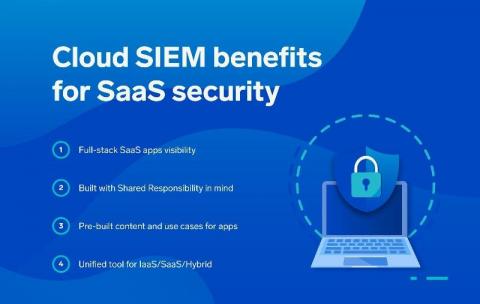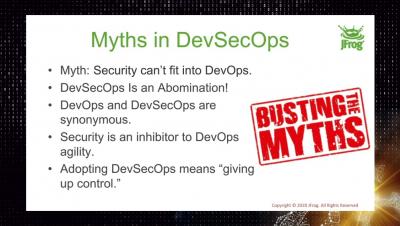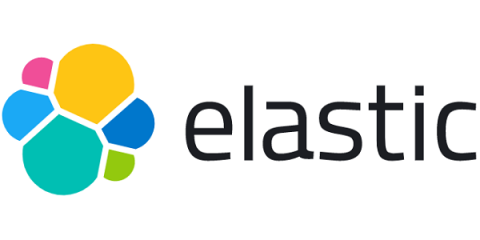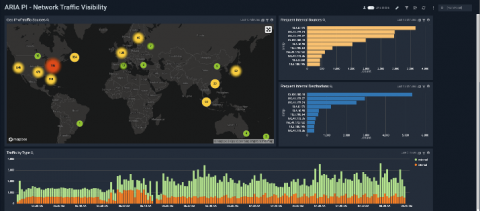Operations | Monitoring | ITSM | DevOps | Cloud
Security
The latest News and Information on CyberSecurity for Applications, Services and Infrastructure, and related technologies.
Securing IaaS, PaaS, and SaaS in 2020 with a Cloud SIEM
DevSecOps Best Practices with JFrog Xray
The advantages of resource-based pricing in security
Given the complexity of large enterprise environments, coupled with the diversity of the vendor landscape, there is no single, agreed-upon “best” way to buy security. The battles continue between CAPEX or OPEX, net-30 or net-90, annual or multi-year, perpetual or subscription. One thing we do know, however, is that all too often the consumer pays for something he or she does not use.
A New Integration between Sumo Logic and ARIA Cybersecurity Solutions
Google's New 'Badge of Shame' for Slow Websites
Google recently announced a new ‘Badge of Shame’ for slow websites in Chrome to improve user experience. We explain what this new badge means for websites and provide some tips to help you speed up your site.
Plugging Git Leaks: Preventing and Fixing Information Exposure in Repositories
Have you ever been neck-deep building a new feature? You're working at capacity. You need to test something out so you paste an API key into your source file with every intention of removing it later. But you forget. You push to GitHub. It's an easy mistake, and potentially a very expensive one. In this article, Julien Cretel explores the nuances of this kind of data leak, offers suggestions for recovery when leaks happen and gives us options for preventing them in the first place.











